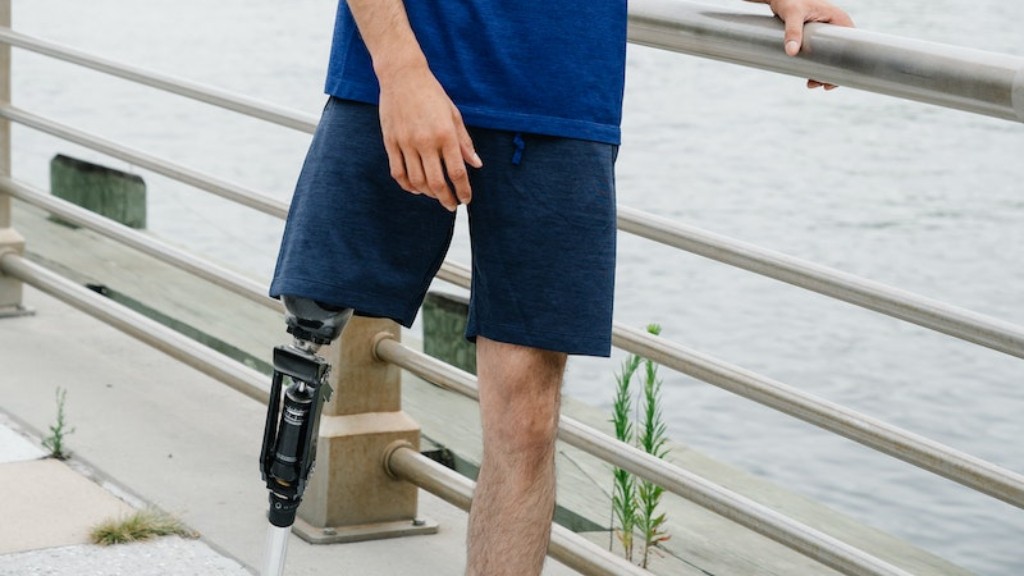Full Range of Motion for Prosthetic Hands
Prosthetic hands have come a long way in recent years, with advancements in technology allowing for more natural movement and increased functionality. One of the key factors in creating a successful prosthetic hand is the ability to provide a full range of motion. This is crucial for allowing users to perform everyday tasks, regain independence, and enhance their overall quality of life. However, there are both positive and negative implications to consider when discussing the full range of motion for prosthetic hands.
The Positive Implications
When a prosthetic hand is able to replicate the full range of motion of a natural hand, it opens up a world of possibilities for its users. They can now perform tasks that were previously difficult or impossible, such as picking up small objects, tying shoelaces, or even playing musical instruments. This increased mobility and dexterity can have a profound impact on a person’s ability to live an independent and fulfilling life.
One real-life example is the story of Jason Barnes, a musician who lost his right hand in an accident. Thanks to a prosthetic hand from Georgia Tech’s Center for Music Technology, he was able to regain his ability to play the drums with incredible precision and speed. The prosthetic hand, equipped with sensors and motors, replicated the full range of motion of a natural hand, allowing Jason to pursue his passion once again.
The Negative Implications
While the full range of motion for prosthetic hands holds incredible promise, there are challenges that come with it. One of the main issues is the complexity of creating a prosthetic hand that can replicate the intricate movements of a natural hand. The human hand is a marvel of engineering, with over 20 interdependent joints. Replicating this level of dexterity and flexibility in a prosthetic hand is no easy task.
Furthermore, the cost of developing and producing high-quality prosthetic hands with full range of motion can be prohibitive. This technology requires advanced materials, electronics, and sophisticated control systems. As a result, it often comes with a hefty price tag, making it inaccessible for many individuals who could benefit from it.
The Way Forward
Despite the challenges, researchers and engineers are making remarkable strides in advancing the field of prosthetic hands. Various organizations and companies around the world are working diligently to improve the range of motion capabilities of prosthetic hands while keeping them affordable.
One such innovation is the use of neuroprosthetics.
Researchers have been able to directly connect the prosthetic hand to a person’s nerves, allowing for more natural and intuitive movements. By decoding signals from the brain and translating them into movements of the prosthetic hand, users can regain a sense of touch and even feel temperature and texture. This technology holds immense potential in providing not only a full range of motion but also a more immersive and seamless experience for the user.
Another avenue is the integration of artificial intelligence (AI).
AI algorithms can learn from users’ movements and patterns, adapting the prosthetic hand’s behavior accordingly. This personalized approach enhances the user’s ability to perform specific tasks and improves overall functionality. By combining AI with advancements in materials and robotics, prosthetic hands of the future may even surpass the capabilities of natural hands, providing users with enhanced strength and precision.
Conclusion
The quest for providing a full range of motion for prosthetic hands is an ongoing journey with both positive and negative implications. While challenges remain, the advancements in technology and research offer hope for individuals who have lost the use of their hands. By pushing the boundaries of what is possible, we can continue to improve the functionality and accessibility of prosthetic hands, enabling users to regain their independence and live life to the fullest.


